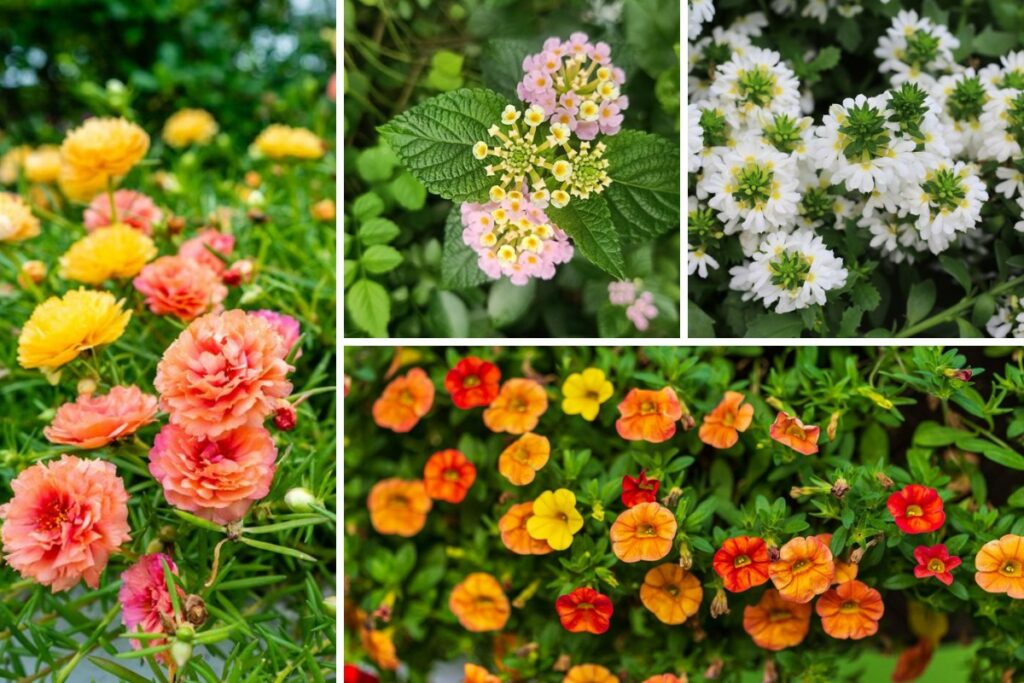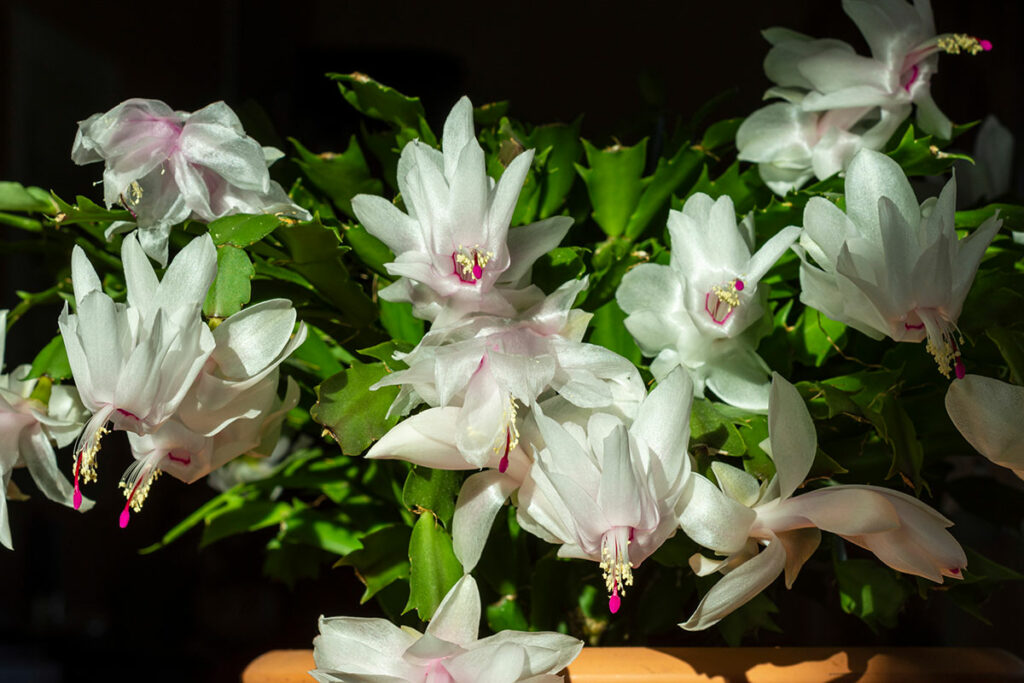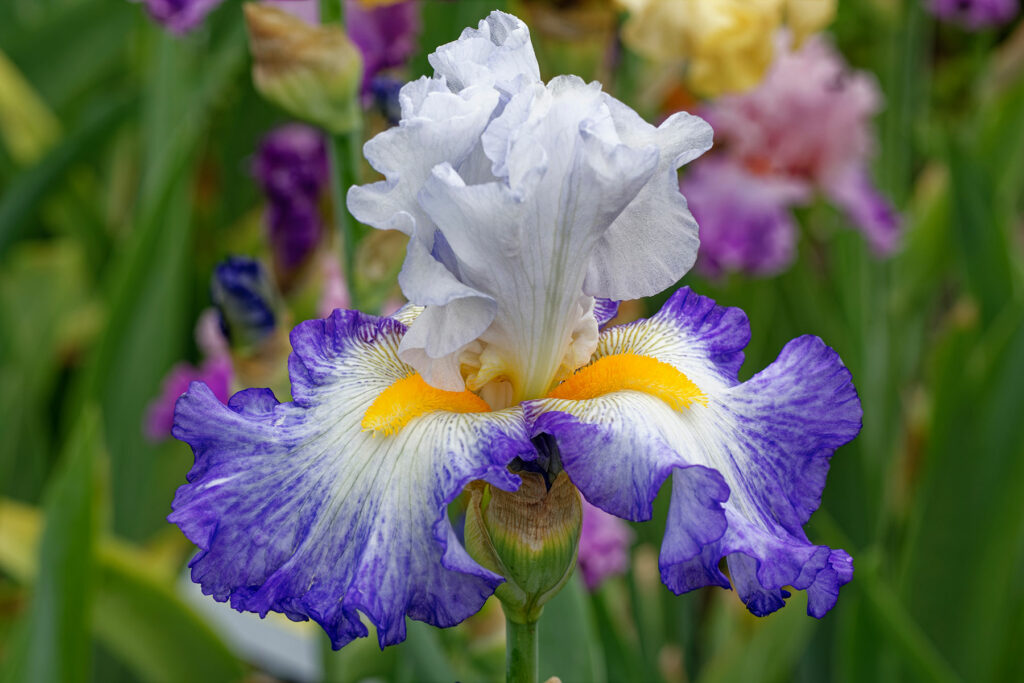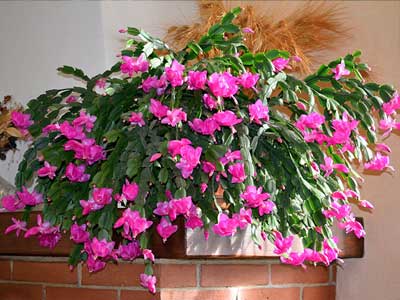
As a plant enthusiast, I am always looking for different methods to grow plants.
Hydroponics, aeroponics, and aquaponics are some of the popular methods that come to mind.
Growing plants without soil is not only environmentally friendly but also space-efficient, making it a great option for urban gardeners or those with limited outdoor space.
Hydroponics is a method of growing plants in water without soil. The plants are grown in a nutrient-rich solution that provides all the necessary nutrients for growth. This method requires a bit of setup, including a water reservoir, a pump, and a growing medium to support the plants. Aeroponics, on the other hand, is a method of growing plants in an air or mist environment. The plants are suspended in the air and misted with a nutrient solution, allowing the roots to absorb the necessary nutrients.
Aquaponics is another method of growing plants without soil that combines hydroponics with aquaculture. Fish are raised in a tank, and their waste is converted into nutrients for the plants to grow. The plants, in turn, purify the water for the fish. This symbiotic relationship creates a closed-loop system that is both sustainable and efficient. These different methods of growing plants without soil offer a range of benefits, including faster growth rates, higher yields, and reduced water usage.
Hydroponics
One of the most popular methods of growing plants without soil is hydroponics. In hydroponics, plants are grown in a nutrient-rich solution instead of soil. This method is gaining popularity because it is a more efficient way of growing plants, and it allows for greater control over the growing environment.
Nutrient Film Technique
The Nutrient Film Technique (NFT) is a popular hydroponic system where a thin film of nutrient-rich water is continuously circulated over the roots of the plants.

The plants are placed in a sloping channel, and the nutrient solution flows over the roots, providing them with the necessary nutrients. This system is easy to set up and maintain, and it is ideal for growing small plants such as lettuce, herbs, and strawberries.
Deep Water Culture
The Deep Water Culture (DWC) system is another popular hydroponic system where the plants are suspended in a nutrient-rich solution. In this system, the roots of the plants are submerged in the solution, and an air pump provides oxygen to the roots. This system is ideal for growing larger plants such as tomatoes, cucumbers, and peppers. DWC is easy to set up and maintain, and it is an efficient way of growing plants.
Hydroponics is a great way to grow plants without soil. With the right setup, you can grow plants faster and with less water than traditional soil-based methods. Additionally, hydroponics allows for greater control over the growing environment, which can result in higher yields and better-quality crops.
Aeroponics
I have always been fascinated by the idea of growing plants without soil. One of the most innovative methods of soilless gardening is aeroponics.

In this method, plants are grown in an air or mist environment without any soil or other growing media. Instead, the roots of the plants are suspended in the air and are sprayed with nutrient-rich water.
Aeroponics is a highly efficient method of growing plants. Since the roots are not restricted by soil, they can absorb nutrients and water more easily. This allows plants to grow faster and produce higher yields. Additionally, aeroponics uses less water than traditional soil-based gardening, making it a more sustainable option.
Aeroponics systems can be set up in a variety of ways. Some systems use a closed-loop design, where the nutrient-rich water is recirculated through the system. Others use an open-loop design, where the water is constantly replenished. There are also different types of sprayers that can be used, such as high-pressure misters or low-pressure sprayers.
One of the biggest advantages of aeroponics is that it allows for precise control over the growing environment. The nutrient solution can be tailored to the specific needs of the plants, and the temperature, humidity, and light levels can all be adjusted to optimize growth. This makes aeroponics an ideal method for growing high-value crops, such as herbs, leafy greens, and strawberries.
Overall, aeroponics is a fascinating and innovative method of growing plants without soil. While it may require a bit more setup and maintenance than traditional soil-based gardening, the benefits in terms of efficiency, sustainability, and precision make it a worthwhile investment for any serious gardener.
Aquaponics
One of my favorite methods to grow plants without soil is through aquaponics. This method combines aquaculture, the farming of aquatic animals, with hydroponics, the growing of plants in water. The result is a sustainable and efficient system that benefits both the plants and the fish.

In an aquaponic system, fish are raised in a tank and their waste produces ammonia. This ammonia is then converted by beneficial bacteria into nitrates, which serve as a natural fertilizer for the plants. The plants, in turn, filter the water for the fish, creating a symbiotic relationship.
One of the benefits of aquaponics is that it requires less water than traditional farming methods. The water in the system is recirculated, so there is no need for constant watering. Additionally, the plants grow faster and produce higher yields due to the nutrient-rich water.
There are several types of aquaponic systems, including raft systems, media-based systems, and vertical systems. Each has its own advantages and disadvantages, depending on factors such as space, budget, and the types of plants and fish being grown.
Overall, aquaponics is a fascinating and rewarding way to grow plants without soil. It’s a sustainable and efficient method that allows for the production of fresh, healthy food while minimizing waste and environmental impact.
Conclusion
After researching and experimenting with different methods of growing plants without soil, I have found that each method has its own benefits and drawbacks.
Hydroponics is a great way to grow plants quickly and efficiently, but it requires a lot of upfront investment and maintenance. Aquaponics is a more sustainable option that combines aquaculture and hydroponics, but it can be more complex to set up and maintain.
Aeroponics is a newer method that uses mist to deliver nutrients to the roots of plants, but it can be expensive and requires more technical knowledge to set up.
Finally, geoponics is a more traditional method that uses soil alternatives like coconut coir or peat moss, but it may not be as efficient as the other methods.
Ultimately, the best method for growing plants without soil will depend on your individual needs and preferences. Whether you are looking to grow plants indoors or outdoors, on a small or large scale, there is a method out there that will work for you. By considering factors like cost, maintenance, and sustainability, you can make an informed decision about which method to use.













